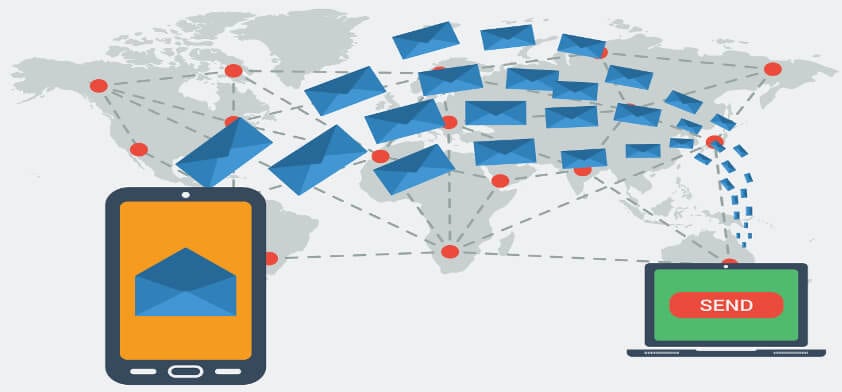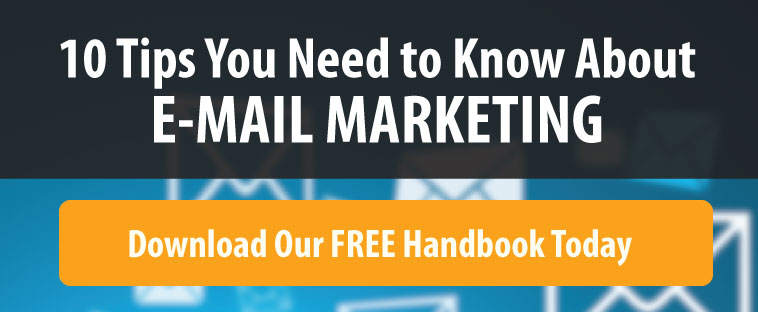Email marketing is and probably always will be one of the most effective ways to reach your target audience. But, it’s more complicated than it may appear. They are many written and unwritten rules to learn. In order to convert more contacts into customers, study these industry best practices that show you what to do and what not to do.
5 Best Practices of Email Marketing

1) Write Simple, Specific Subject Lines
Your subject line may be your biggest opportunity to attract your reader’s attention. The best way to achieve a high click-through rate is to write a clear, concise message that lets your audience know exactly what to expect.
2) Include a Personalized Greeting
One of the most basic best practices of email marketing is to address each recipient by name. This strategy will make them more open to reading the rest of your message. Inbound marketing software, like HubSpot and Constant Contact, can automate this feature for you.
3) K.I.S.S.
When creating your email, always “Keep it Simple and Strong” (K.I.S.S).
K.I.S.S. emails typically include subheadings, bullet points and graphics that all convey a single message. If you create content that is easy for anyone to quickly digest, you are more likely to experience greater interaction.
4) Include a Call-to-Action
Whether the goal is driving website traffic or sales, your email messaging aims to prompt an action from your audience. Since hyperlinks can be easy to miss, the best way to increase interaction is to place an attractive call-to-action button prominently in your email.
5) Monitor Email Performance
Today’s marketing software offers the opportunity to instantaneously view how well your emails performed. You can monitor your marketing metrics, like open rate, bounce rate, click through rate and unsubscribe rate. This data will help you learn where your campaign may need improvement.
5 Things to Avoid in Email Marketing

1) Buy an Email List
If you have a small or non-existent email list, purchasing one might seem like a quick and easy fix. However, these contacts are not likely to be a worthwhile investment. Acquiring email contacts is only guaranteed to increase the size of your list. Since these new contacts could be completely unfamiliar with your brand, your conversion rate may drop significantly.
2) Send Generic Emails to all Contacts
Another common mistake is sending the same email to your entire contact list. Instead, segment your contact lists to help you tailor your content towards the interests of your audience or where they are in the buyer’s journey.
3) Over-hype your Subject Line
While it may be tempting to promise something big in the subject line, it’s a bad idea if you are not prepared to deliver in the message’s body. This type of tactic will only frustrate your contacts and cause them to unsubscribe from your email list.
4) Emphasize Features over Benefits
While your company may be proud of the features of its new product or service, prospective customers are rarely interested in hearing you boast about them. Instead, they want to hear about how it will benefit their lives. Then, they can make an informed decision about a potential purchase.
5) Neglect Proofreading and Testing
Often, emails are judged as much for their professionalism as their content. Proofreading is an easy answer to fixing typos and inaccuracies, which can hurt your credibility. In addition, testing your email before sending will help avoid big mistakes, like misdirected hyperlinks and CTAs.
Now that you know what to do and what not to do, your next email campaign is likely to deliver a higher return on investment.


